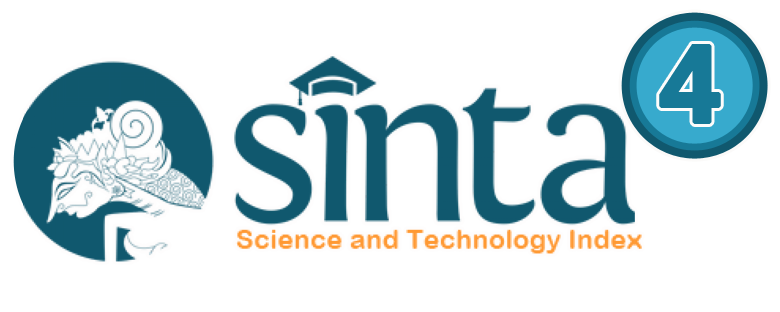IMPLEMENTASI PENILAIAN RISIKO DALAM MENUNJANG PENCAPAIAN TUJUAN INSTANSI PENDIDIKAN
DOI:
https://doi.org/10.21831/jpai.v9i2.963Abstract
This study is conducted in order to provide information for heads of the educationinstitution to anticipate the risks faced by their institutions. It is necessary for educationinstitutions to do risk assessment since the institutions will always face significant changesthat occur due to internal and external changes. The step of risk assessment starts from settingthe institution objectives. It is important to divide the institution objectives into more specificone by formulating the objectives for every program. The second step of risk assessment isrisk identification. In this step, the risks need to be identified and categorized. In addition,factors that cause the risks should also be analyzed. The last step of risk assessment isanalyzing risk. Here, the institution will try to determine the risk status and risk map so thatappropriate respons could be taken to handle the risks.Kata kunci: penilaian risiko, perumusan tujuan, identifikasi risiko, analisis risikoDownloads
How to Cite
Istiningrum, A. A. (2012). IMPLEMENTASI PENILAIAN RISIKO DALAM MENUNJANG PENCAPAIAN TUJUAN INSTANSI PENDIDIKAN. Jurnal Pendidikan Akuntansi Indonesia, 9(2). https://doi.org/10.21831/jpai.v9i2.963
Issue
Section
Articles
License
Authors who publish with Jurnal Pendidikan Akuntansi Indonesia journal agree to the following terms:
- Authors retain copyright and grant the Jurnal Pendidikan Akuntansi Indonesia journal right of first publication with the work simultaneously licensed under Creative Commons Attribution License (CC BY 4.0) that allows others to share the work with an acknowledgment of the work's authorship and initial publication in this journal.
- Authors can enter into separate, additional contractual arrangements for the non-exclusive distribution of the published version of the work (e.g., post it to an institutional repository or edit it in a book), with an acknowledgment of its initial publication in this journal.
- Authors are permitted and encouraged to post their work online (e.g., in institutional repositories or on their website) before and during the submission process, as it can lead to productive exchanges, as well as earlier and greater citation of published work.






